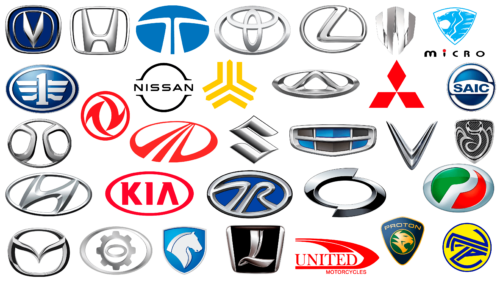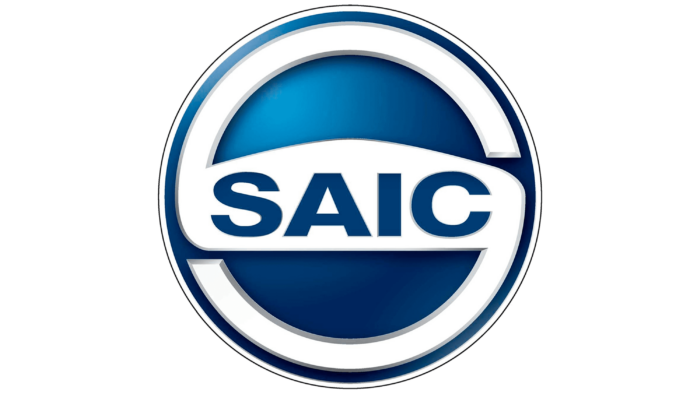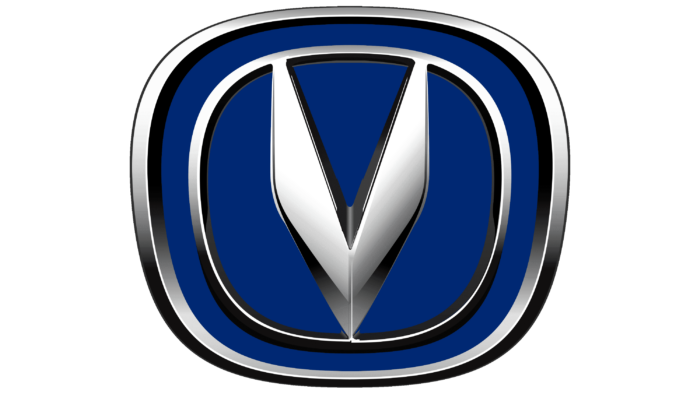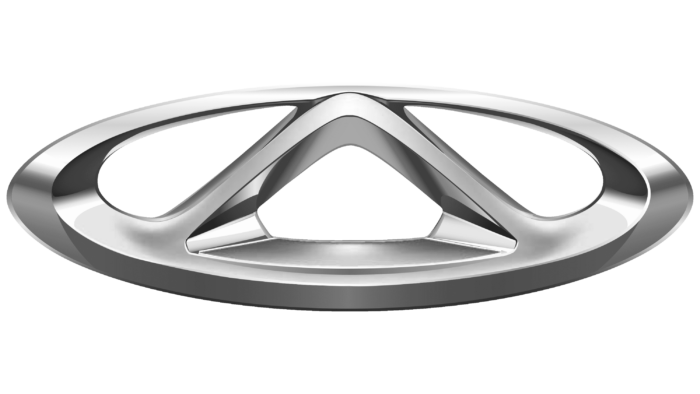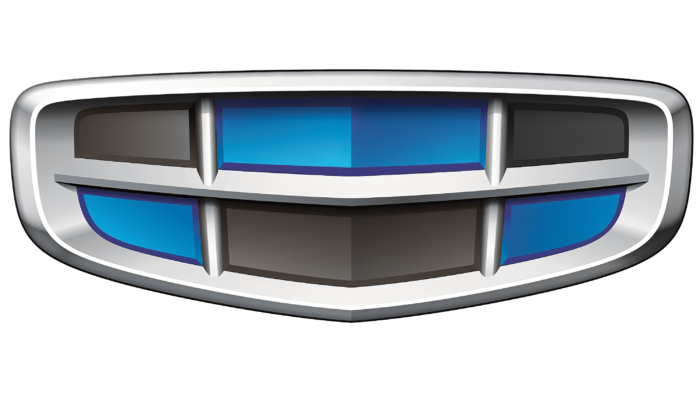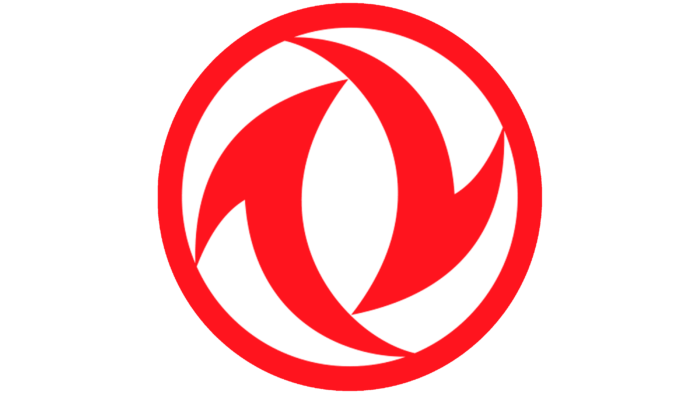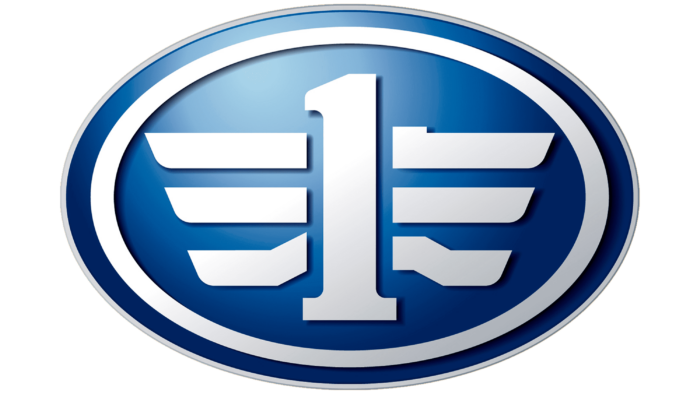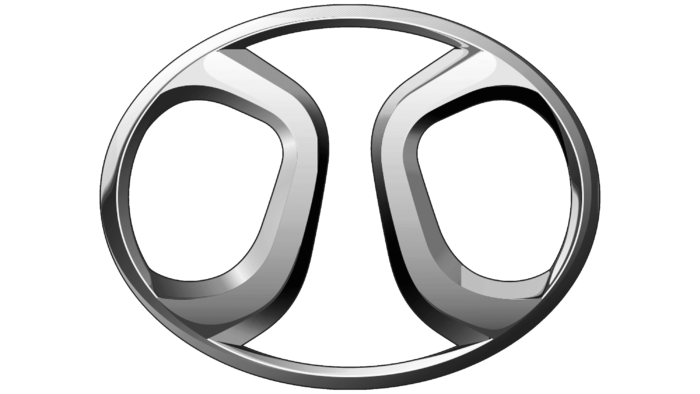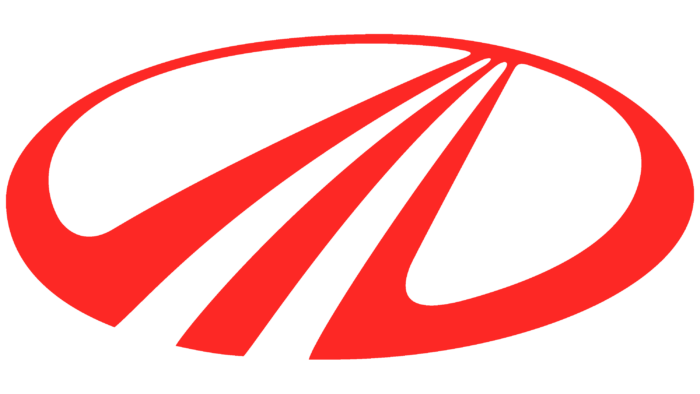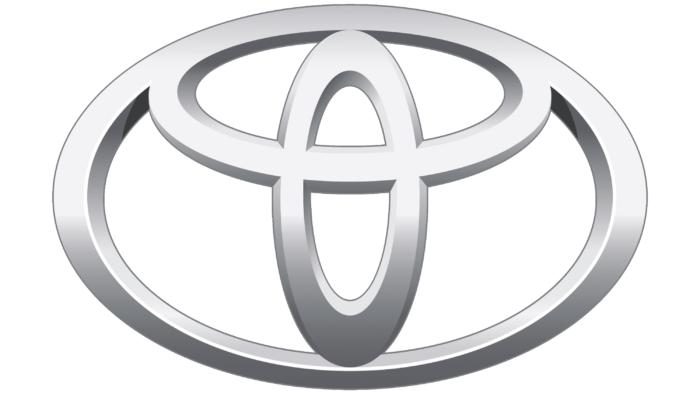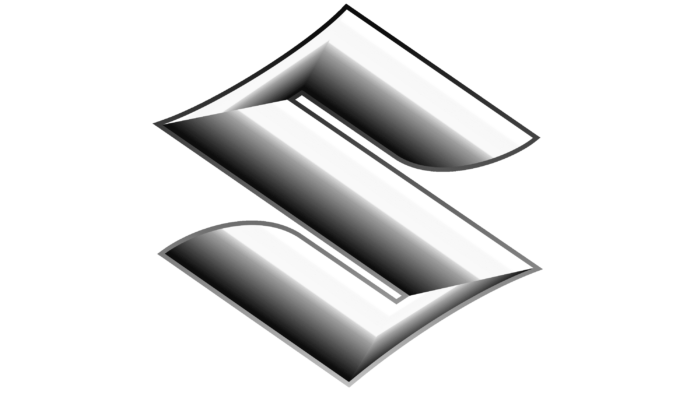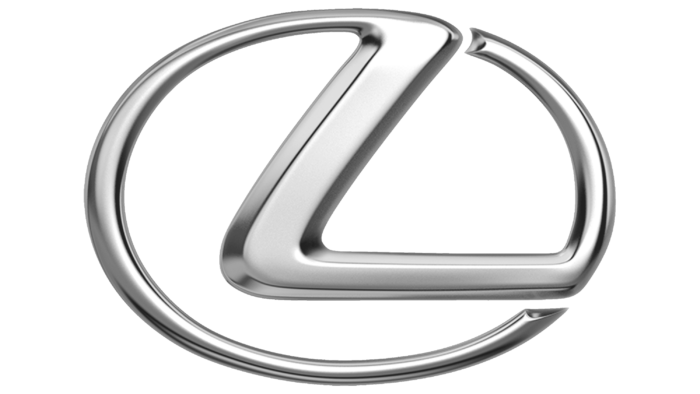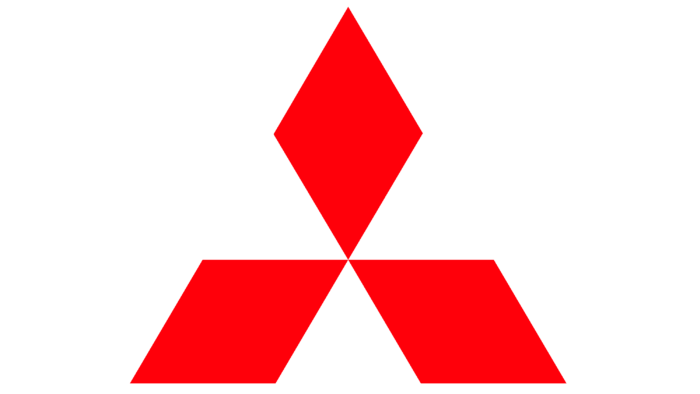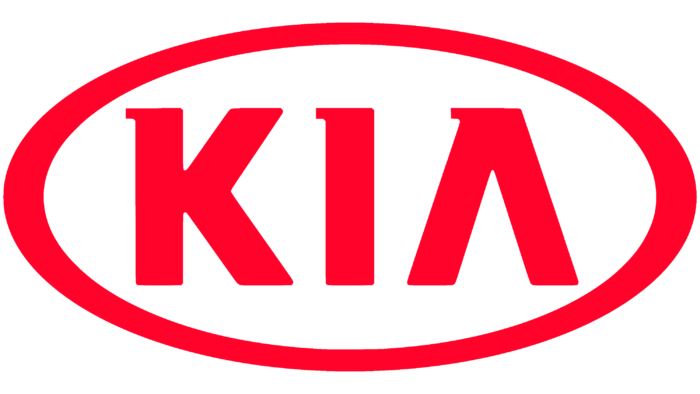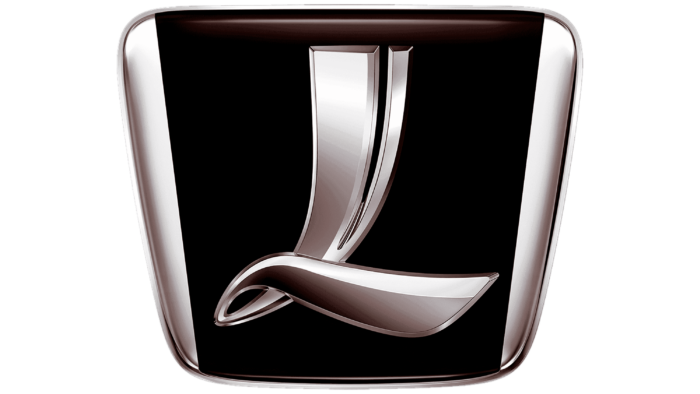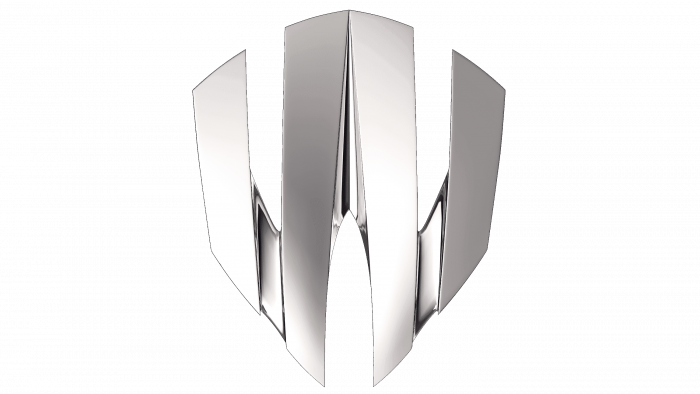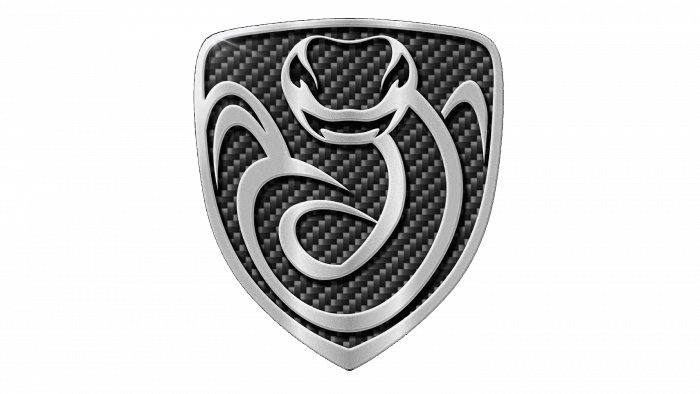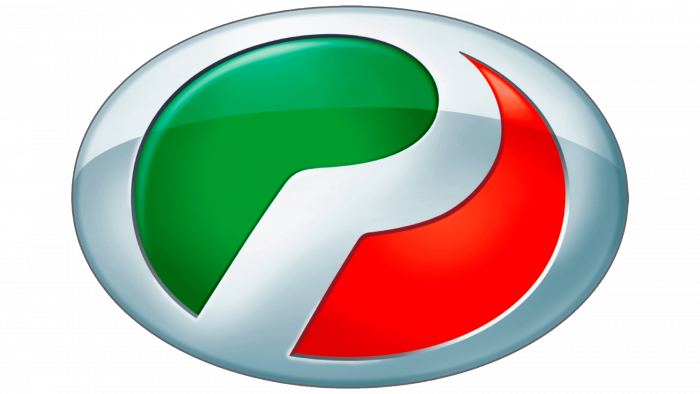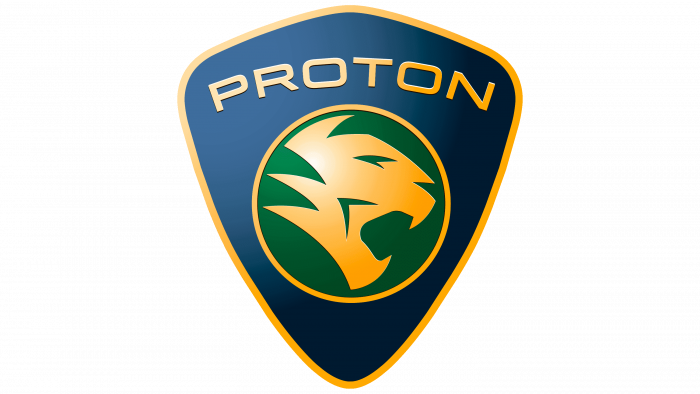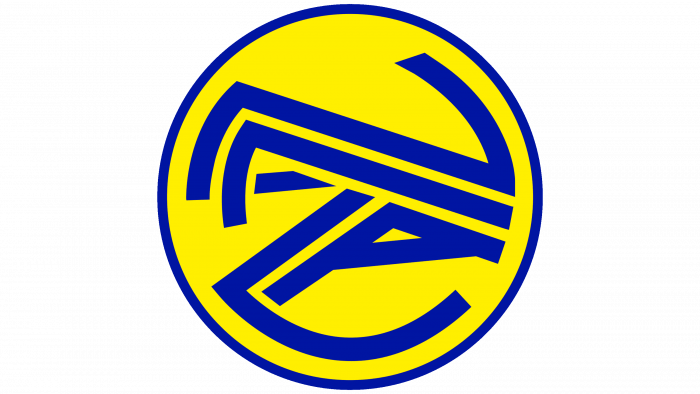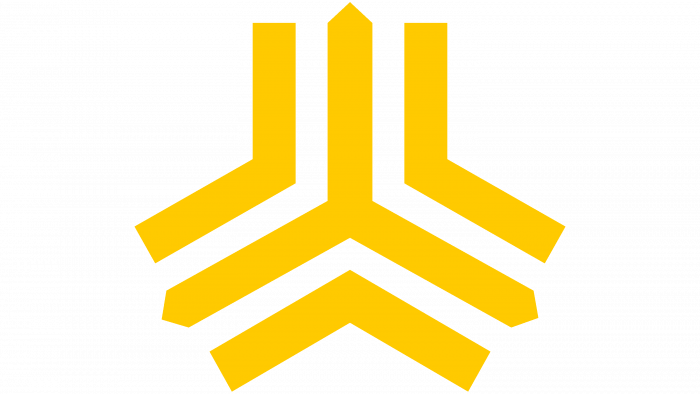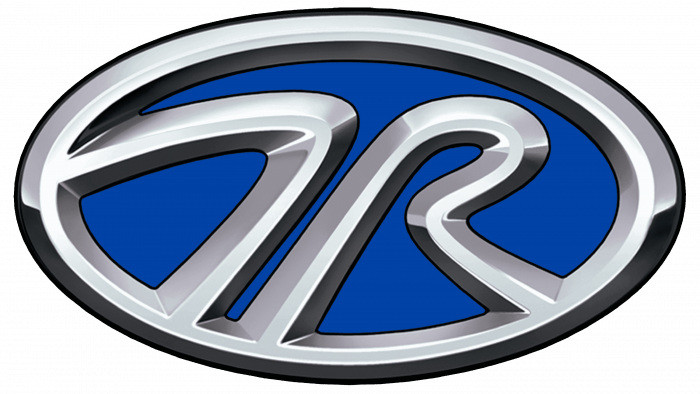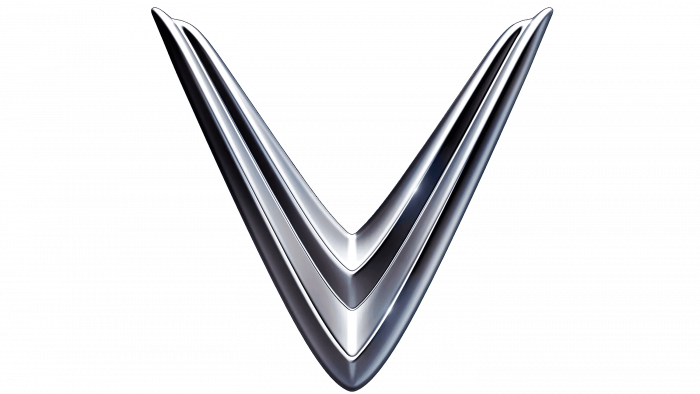Since the middle of the last century, Asia has been catching up with Europe and the United States regarding automobile production. The automobile industry is most developed in Southeast Asian countries—China, Japan, and South Korea. Local companies began to create middle-class cars using cheap labor. Recently, the trends have changed: luxury cars produced by local brands have appeared on the market. But mass-market models are still predominant.
What are Asian car brands?
The Asian car industry is represented by car brands produced by local companies. It is most developed in Southeast Asia – primarily in South Korea, Japan, and China. But there are also car brands from other countries: Vietnam, Thailand, Sri Lanka, Pakistan, Iran, Malaysia, UAE, Taiwan, India and Indonesia.
China
China is one of the pioneers of the automobile industry and, consequently, the leader in the number of cars, trucks, and commercial vehicles produced annually. Although not all PRC enterprises can compete with foreign concerns, there are quite a few famous brands in this country that are not inferior to competitors in terms of quality or technology. The Chinese car industry has also managed to master the production of cars that meet European environmental standards.
SAIC Motor
SAIC is an absolute record-breaker in the number of cars sold among Chinese automakers. It produces commercial and light cars and tries to adapt them to modern trends. For example, this company was the first to study and implement intelligent technologies that should simplify the driving process.
SAIC also tries to popularize the use of new energy sources, which is why it is developing modern electric and hybrid cars. The main models of this type are Roewe E50 and Baojun E100. Iveco, Volkswagen, General Motors, and other foreign manufacturers have undertaken several joint projects.
Changan Automobile
“Time-tested reliability” is the company’s name, which has existed for over 150 years and produced high-tech cars for about 40 years. Changan Automobile is part of the state machinery corporation China South Industries Group, specializing in passenger car production. The product range also includes SUVs and trucks.
It is a leading Chinese manufacturer known for its technological developments. One of the latest innovations is a car with a state-of-the-art autonomous driving system. The company has 180 laboratories and several dozen factories in different countries.
Chery
In 1997, Chery automobile company was founded in the small provincial town of Wuhu. In just a few years, the small company grew to the scale of a major automaker, which entered the markets of many countries. Moreover, the production of cars at Chery plants began not immediately but in 1999. Until 2001, the company was restricted due to the lack of a license and could only supply cabs for local officials.
The company owes its success to its collaborations with automotive designers Cavax, Pininfarina, Bertone, Mitsubishi Automotive Engineering, and Lotus Engineering. Joint projects with the world-famous Chrysler and Fiat brands have also helped it increase sales.
Geely
The Chinese company Geely specializes in the production of commercial and passenger vehicles. Its history is divided into three eras. The first began in 1997 when the company started producing minibusses. Before that, Geely’s main products were refrigerators (since 1986) and scooters (since the mid-1990s).
Now, the manufacturer owns several major divisions and about a dozen brands, including Volvo, which was acquired from Ford in 2010. The company is headquartered in Hangzhou, and its factories are in various countries. The name Geely is a variant of the original name Jílì, which translates to “favorable.”
Dongfeng Motor
The predecessor of Dongfeng Motor is Second Automobile Works Co., Ltd., founded in 1969 and started producing automobiles in mid-1975. At the end of 1975, Dongfeng received a new name, which means “East Wind.” While the company’s first vehicle was a military vehicle, the second model EQ140 5t Heavy-Duty Truck marked the transition to the production of civilian vehicles.
In 1987, the company succeeded, becoming one of the top three truck manufacturers in the world. In 2006, the ten thousandth Ruiqi pickup truck was assembled at its plants. The company has been honored with awards in China and abroad for its numerous achievements. Among its latest developments are electric and natural gas vehicles.
FAW
The extended name FAW sounds like First Automotive Works and fully justifies itself because it is with this company that the history of the Chinese automotive industry began. It built the first automobile plant in China, which began producing cars in 1958. The oldest automobile enterprise now produces cars and small cars, buses, SUVs, and trucks for various cargo.
BAIC
BAIC is a state-owned company with a wide range of products. It produces military vehicles, light trucks, buses, construction and agricultural machinery, and commercial vehicles. The company also produces electric and passenger cars with gasoline engines. BAIC’s subsidiary brands include Foton Motor, BJEV, Beijing Automobile Works, and BAIC Motor.
India
The automobile industry in India is the sixth largest in the world and one of the most important sectors of the economy: its share of the GDP is more than 7%. Local manufacturers actively export four-wheeled and two-wheeled vehicles, with the share of sales abroad growing noticeably every year. The main products are passenger cars, but there are also popular Indian brands of commercial vehicles, such as Tata.
Mahindra & Mahindra
Mahindra & Mahindra has been around for over seven decades and covers various industries—from aerospace to bus manufacturing. It was once an ordinary steel business that was started in 1945 by enterprising entrepreneurs. Many years ago, the first Indian truck was produced under the Mahindra brand, and now modern commercial vehicles, pickup trucks, electric cars, and other types of transportation are produced under the Mahindra brand.
Tata
Tata Motors is owned by the Tata Group Corporation, named after Jamsetji Nasarvanji Tata. The automobile company traces its history back to 1945 as a manufacturer of locomotives. Nowadays, its lineup is much wider and includes cars of various brands, including Land Rover and Jaguar. Tata is known as the creator of the prototype air car and the developer of the world’s cheapest car, the Nano subcompact hatchback.
Japan
The Japanese car industry is famous worldwide for its high technology and constant quality. At the same time, five automobile corporations stand out in the country: Suzuki, Mazda, Honda, Mitsubishi, and Toyota. These are generally recognized leaders who have entered the PRC’s domestic market and opened many subsidiaries in different countries.
Toyota
Toyota’s history began with the production of textile machinery and ended with a small private enterprise growing to the scale of a global automobile concern. More than 85 years have passed since the first automobile was produced. Today’s models use much more technology, but the main thing remains the same: Toyota’s desire for progress and prestige.
Honda
Honda is another old Japanese concern. This automaker appeared in 1946 thanks to the efforts of a design engineer who engaged in scientific activities. The company’s first products were low-powered engines and mopeds. Cars entered the range much later: they were vans and, after that – racing cars. Now, the model range is dominated by high-speed sports cars.
Nissan
Previously, Nissan was called Dat Jidosha Seizo because the main direction of its activity was the production of cars under the brand name Datsun. The company’s managers then refocused on producing passenger cars (in 1931) and gave it its current name (in 1934). Nissan decided not to limit the model range, offering a wide range of cars – from SUVs to small cars.
Suzuki
The Suzuki company’s first specialization was the textile industry, which it successfully engaged in from 1909 to the early 1950s. However, with the growing popularity of the automobile industry, the company moved from producing weaving machines to producing small cars. During its history, the company changed several names, acquired a subsidiary, Maruti Suzuki India, and increased its production volumes to record levels.
Lexus
Lexus is a successful project of Toyota Motors Corporation. The concern’s owner made the decision to create it at one of the secret meetings in 1983. Lexus was conceived as a luxury car brand under which prestigious Toyota models would be produced for export, mainly to the United States. However, luxury crossovers, SUVs, and passenger cars quickly became popular worldwide.
Mazda
Founded in 1920, Mazda initially specialized in cork production. But it changed its priorities, and 11 years after its debut on the domestic market, it began producing three-wheeled scooters. In the postwar period, trucks began to come off the assembly lines, and passenger cars appeared only in the 1960s. The Mazda model lineup was replenished with minibusses, buses, roadsters, pickup trucks, crossovers, and sports cars, which shows its constant development.
Mitsubishi
The Mitsubishi automobile concern in the past was a ship repair and shipbuilding company since the automobile industry did not yet exist at the time of its appearance (1873). The manufacturer’s first serial automobile, Model-A, appeared in 1917. However, the war did not allow Mitsubishi to continue on its chosen path, and the production of cars was suspended. It was resumed only in 1960. Since then, the range of vehicles has significantly expanded and includes a variety of cars – from compact urban sedans and hatchbacks to heavy trucks and buses.
South Korea
South Korean cars embody safety and reliability, modern technologies developed in our country, and European design. This is confirmed by many world ratings, which recognize Asia as one of the leaders in the global automotive industry. The list of brands is quite limited compared to China or Japan, but a large selection of models in different price categories compensates for this.
Hyundai
The first Hyundai automobile plant was built in the late 1960s in Seoul, where it is now its headquarters. Before that, the company’s main business was shipbuilding. Car exports began in 1976 when the Hyundai brand was recognized in South Korea’s domestic market. A new era in the automaker’s history was marked by purchasing a stake in Kia Motors Corporation, which led to significant economic growth.
Kia
Kia Corporation is a popular South Korean automaker that produced two-wheeled vehicles in its early days: bicycles and scooters. It took more than 30 years before the company moved into the automobile business. Its first car, which was launched in 1977, was built under Mazda’s license. In the 1990s, Kia began to experience financial problems, so Hyundai bought some of its shares.
Renault Samsung
Two corporations created the Renault Samsung brand: French Renault (the main shareholder) and South Korean Samsung Group (through its subsidiary Samsung Card). Renault has not always owned the joint venture: earlier, it was occupied by Japanese Nissan, one of the co-founders of this project. With the arrival of the French automaker, the model range has expanded considerably. Now, it includes not only gasoline cars but also modern electric cars.
Other
Not all Asian automakers are based in China, India, Japan, and South Korea. Other countries also have their brands that are known, if not internationally, then at least locally. Among them are Indonesian brand Esemka, Taiwanese Luxgen, Emirati W Motors, Malaysian Perodua, Iranian SAIPA, and Thai Rung Union Car. They are inferior to the world’s concerns, but they have achieved sufficient results in the history of the automobile industry.
Esemka (Indonesia)
The Esemka brand is named in honor of the vocational school SMK 1 Trucuk, whose students assembled the first car. The brand belongs to a private company, PT Solo Manufaktur Kreasi, founded in 2007. At first, the carmaker manufactured engine components and then switched to producing urban and rural cars. Its record is about 12,000 cars per year.
Luxgen (Taiwan)
Before creating the Luxgen brand, Yulon Motor had assembled prestige cars for Mercedes-Benz, Nissan, Mitsubishi, and Chrysler for many years. In 2009, he decided to realize his ambitions and opened a new division to produce premium cars. Adhering to strict quality principles, Luxgen uses components of famous world brands.
W Motors (United Arab Emirates)
W Motors cars are the most famous sports cars from the UAE. The company that produces them was originally founded in Lebanon but then moved its headquarters to Dubai. It was founded by several European enterprises, having invested millions of dollars in a joint project. W Motors products are presented in the luxury segment of the car market. The exception is the Ghiath model, designed only for the Dubai Police and not for sale.
Zarooq Motors (United Arab Emirates)
Zarooq Motors combines European craftsmanship and Emirati traditions to create high-tech cars for city streets and deserts. Its exclusive supercars are named after the venomous sand snake, considered the fastest in the Arabian Peninsula. Indeed, the luxury cars are positioned as some of the fastest in the world.
Perodua (Malaysia)
Perodua is an acronym for Perusahaan Otomobil Kedua, which assembles cars in its factories. It does not develop the main components but borrows them from the Japanese company Daihatsu Motor. The head office of the enterprise is located in the city of Rawang. The cars are sold mainly in Asian countries, although Perodua exports them to the UK market.
Proton Holdings (Malaysia)
Proton Holdings is a successful parastatal Malaysian company. It began developing its cars in the 1990s and had been modernizing popular Mitsubishi models until then. Of course, a dramatic change occurred in 1996 after it bought a majority stake in British automaker Lotus Cars Limited.
Naza (Malaysia)
The conglomerate Naza is engaged in various types of business – from the distribution of bicycles to the sale of cigarettes. But the most developed sector is the production of cars. A division called Naza Automotive Manufacturing is responsible for this. It was established in 2002 to produce cars under several brands, including Naza. Currently, the company specializes in producing Citroën, Peugeot, and Kia cars.
SAIPA (Iran)
The second largest company in Iran is SAIPA, which produces vehicles ranging from cars and trucks to buses. It was established in 1966 to assemble Citroën models, but then SAIPA got its cars and technological developments (engine). The company currently produces South Korean cars.
Iran Khodro (Iran)
About 70% of all Iranian cars are produced by Iran Khodro, founded in 1962 and previously engaged only in car assembly. Now, it takes over the full production cycle and supplies many vehicles: trucks, cars, buses, and minibusses. Iran Khodro’s main production sites are located in Tehran.
United Auto Industries (Pakistan)
United Auto Industries, established in 1999, represents the Pakistani automobile market. Its product range includes cars, trucks, auto-rickshaws, motorcycles, scooters, and forklifts. The vehicles are manufactured under the UNITED brand name. The manufacturer plans to cooperate with Chinese companies to produce passenger cars.
Micro (Sri Lanka)
The name Micro speaks for itself. This company specializes in the production of compact cars: SUVs (Actyon), sedans (Impreza), and hatchbacks (Panda). At the same time, it has mid-size (Rexton II) and full-size (Chairman W) cars produced jointly with the South Korean firm Ssangyong Motors. The lineup also includes Duo Deck buses, assembled from Chinese components.
Thai Rung Union Car (Thailand)
Thailand also has its automaker – Thai Rung Union Car. It has no competitors, as it is the only national automaker in the country. Its creators and owners are members of the Phaenchoke family. The company is not limited to assembling foreign cars (Chevrolet, Nissan, Toyota, Isuzu) and produces its models under the Thai Rung brand.
VinFast (Vietnam)
Vietnam’s richest man founded VinFast in 2017. The dollar billionaire laid the foundation for the Vietnamese car industry. Before that, all cars in the country’s domestic market were manufactured abroad. VinFast’s stylish crossovers and sedans are Pininfarina’s work. They combine licensed German technology and “Bavarian” design.
10 Most Popular Asian Car Brands in the USA
The US car market is dominated by Asian brands, gradually displacing American manufacturers. The greatest demand is for Japanese brands that have proven themselves worldwide: Toyota, Honda, Nissan, and others. Premium models represent them, as the U.S. government has imposed restrictions on exports from Japan, forcing the Asian country to supply only expensive cars to America. Among South Korean brands, Hyundai and Kia are popular with Americans. All other brands in the top ten belong to Japan.
FAQ
What are the top 10 Chinese car brands?
China is the world’s largest car market, home to many major car manufacturers:
- FAW (First Automotive Works) is one of China’s oldest and largest car manufacturers. It produces sedans, trucks, and buses.
- Dongfeng Motor Corporation is a major state-owned enterprise that produces commercial vehicles, passenger cars, and parts. It has joint ventures with companies like Honda, Nissan, and Peugeot.
- Changan Automobile is one of the oldest car manufacturers in China. Changan produces sedans, SUVs, and electric cars and has partnerships with Ford and Mazda.
- SAIC Motor Corporation is the largest auto manufacturer in China. It has joint ventures with Volkswagen and General Motors and produces many vehicles, including electric and autonomous cars.
- Chery Automobile is known for passenger cars and commercial vehicles. It operates in over 80 countries and invests heavily in electric vehicle technology.
- GAC Group (Guangzhou Automobile Group): produces passenger cars, commercial vehicles, and electric vehicles. It has joint ventures with Toyota, Honda, and Mitsubishi.
- BAIC Group (Beijing Automotive Industry Holding Co.) produces passenger cars, trucks, and military vehicles. It has joint ventures with Hyundai and Mercedes-Benz and is a key player in the electric vehicle market.
- Geely Automobile: One of the fastest-growing car manufacturers in China. It owns international brands like Volvo and Lotus and focuses on innovative designs and electric vehicles.
- BYD (Build Your Dreams) is a leader in electric vehicles and batteries. It produces electric buses, trucks, and cars and is known for its commitment to green technology.
- Great Wall Motors is known for SUVs and pickup trucks. It has a strong international presence and invests in electric and autonomous vehicle technologies.
These brands are major players in the global automotive industry, particularly in the electric vehicle market.
What are car brands made in Asia?
Asia is home to many well-known car brands from various countries:
China
- SAIC Motor: One of the largest automotive manufacturers in China, producing a wide range of vehicles.
- Chery: Known for its passenger cars and commercial vehicles, with a strong focus on exports and electric vehicles.
- Geely: A fast-growing manufacturer that owns international brands like Volvo and Lotus, focusing on innovative designs and electric vehicles.
- Dongfeng Motor: Produces commercial vehicles, passenger cars, and parts, with joint ventures with Honda, Nissan, and Peugeot.
- FAW (First Automotive Works): One of China’s oldest and largest car manufacturers, producing sedans, trucks, and buses.
India
- Mahindra & Mahindra: Known for its SUVs, trucks, and tractors, Mahindra & Mahindra has a growing presence in the electric vehicle market.
- Tata Motors: A major player in the automotive industry, producing passenger cars, trucks, and buses. Tata owns the luxury car brand Jaguar Land Rover.
Japan
- Toyota is one of the largest car manufacturers in the world. It is known for its reliable and fuel-efficient vehicles, including hybrids and electric cars.
- Honda: Honda produces a wide range of vehicles, including motorcycles, cars, and power equipment, and it has a strong reputation for quality and innovation.
- Nissan: Known for its diverse lineup of cars, including electric vehicles like the Nissan Leaf.
- Suzuki specializes in small cars, motorcycles, and all-terrain vehicles and has a strong presence in developing markets.
- Lexus: Toyota’s luxury vehicle division, known for its high-quality and technologically advanced cars.
- Mazda: Renowned for its stylish designs and innovative engineering, including rotary engines.
- Mitsubishi: Produces many vehicles, including cars, trucks, and SUVs, focusing on ruggedness and reliability.
South Korea
- Hyundai: One of the largest car manufacturers, known for its affordable and reliable vehicles, including electric and hydrogen fuel cell cars.
- Kia: Kia is a Hyundai subsidiary known for its stylish and value-oriented cars.
- Renault Samsung Motors: A joint venture between Renault and Samsung, producing a range of cars primarily for the South Korean market.
Indonesia
- Esemka: An emerging car brand that produces affordable and practical vehicles for the local market.
Taiwan
- Luxgen: Known for its innovative and technology-driven vehicles, including electric and hybrid models.
United Arab Emirates
- W Motors: A luxury sports car manufacturer known for producing high-performance and exclusive vehicles like the Lykan Hypersport.
- Zarooq Motors: We specialize in high-performance off-road vehicles combining luxury and ruggedness.
What are 5 Japanese car brands?
Japan is home to many renowned car brands, but five stand out for their recent collaboration in developing a new generation of telecommunication devices:
Toyota:
- Overview: Toyota is one of the largest and most successful car manufacturers globally. Known for its reliability, innovation, and extensive vehicle lineup, Toyota has a strong presence in both the global and domestic markets.
- Highlights: Toyota is a leader in hybrid technology, with models like the Prius. The company also heavily invests in electric and hydrogen fuel cell vehicles, like the Mirai.
Mazda:
- Overview: Mazda is known for its stylish designs and innovative engineering, particularly with its SKYACTIV technology, which improves fuel efficiency and performance.
- Highlights: Mazda emphasizes driving pleasure and has a strong reputation for producing sporty and fun-to-drive vehicles like the Mazda MX-5 Miata.
Suzuki:
- Overview: Suzuki specializes in small cars, motorcycles, and all-terrain vehicles. It has a significant market share in countries with high demand for compact and efficient vehicles.
- Highlights: Suzuki is known for its practical and affordable cars, with models like the Swift and Jimny being popular choices.
Daihatsu:
- Overview: Daihatsu is a subsidiary of Toyota that produces compact cars and kei cars (small vehicles popular in Japan). It is well-known for its efficient and practical vehicles.
- Highlights: Daihatsu’s models are particularly popular in the Japanese domestic market, offering reliability and affordability.
Subaru:
- Overview: Subaru is recognized for using all-wheel drive (AWD) in most vehicles, providing excellent performance and safety in various driving conditions. Subaru is known for its boxer engine layout.
- Highlights: Models like the Subaru Outback and Forester are well-regarded for their durability and off-road capabilities. Subaru has a strong presence in motorsports.
What is the most popular car in Asia?
The most popular car in Asia is linked to Toyota Motor Corporation, which leads sales across the continent.
Toyota’s Popularity in Asia
Toyota Corolla:
- Overview: The Toyota Corolla is one of the best-selling cars in the world and is highly popular in Asia. It is known for its reliability, fuel efficiency, and affordability.
- Highlights: The Corolla offers a comfortable ride, advanced safety features, and a long-lasting reputation, making it a practical choice for many drivers.
Toyota Camry:
- Overview: The Toyota Camry is a popular mid-size sedan in Asia. Its spacious interior, smooth ride, and modern technology make it a winning combination.
- Highlights: The Camry is known for its stylish design, strong performance, and high resale value. Its hybrid variant is popular for its fuel efficiency.
Toyota Hilux:
- Overview: The Toyota Hilux is favored in many Asian markets for its durability and off-road capabilities. It is particularly popular in areas with rough terrain.
- Highlights: The Hilux is celebrated for its toughness, reliability, and ability to handle challenging driving conditions. It is used widely in both urban and rural areas.
Toyota Fortuner:
- Overview: The Toyota Fortuner is a popular SUV in Asia. It is known for its robust design and off-road prowess, and families and adventure enthusiasts favor it.
- Highlights: The Fortuner offers luxury and utility, with spacious seating, advanced safety systems, and powerful performance.
Reasons for Toyota’s Popularity in Asia
- Reliability: Toyota cars are durable and have low maintenance costs, making them a preferred choice for many consumers.
- Fuel Efficiency: With rising fuel costs, Toyota’s fuel-efficient models attract buyers.
- Resale Value: Toyota vehicles retain value well over time, which is important for many car buyers.
- Wide Range of Models: Toyota offers a diverse lineup of vehicles, from compact cars to SUVs and trucks, catering to different needs and preferences.
- Strong Dealership Network: Toyota has an extensive network of dealerships and service centers across Asia, providing easy access to sales and after-sales services.
Which Chinese car brand is best?
Geely is widely recognized as the best Chinese car brand and has consistently ranked first in sales for several years.
Innovation and Quality:
- Focus: Geely invests heavily in research and development to improve the quality and technology of its vehicles.
- Examples: Models like the Geely Emgrand and Geely Boyue are praised for their build quality, features, and affordability.
Acquisitions:
- Impact: Geely’s acquisitions have boosted its reputation and capabilities. 2010, Geely acquired Volvo Cars, incorporating advanced safety and design features into its lineup.
- Other Acquisitions: Geely acquired a stake in Daimler AG and bought the British sports car manufacturer Lotus, enhancing its technological prowess and global presence.
Electric Vehicles:
- Advancements: Geely is making significant strides in the electric vehicle market, launching several EV models under its brand and subsidiaries.
- Examples: The Geometry brand focuses on electric vehicles, showcasing Geely’s commitment to sustainable mobility.
Global Presence:
- Expansion: Geely has expanded its market beyond China, establishing a strong presence in Europe, Southeast Asia, and other regions.
- Strategy: Geely’s international strategy includes setting up manufacturing plants, R&D centers, and partnerships with global companies to ensure growth and influence.
Customer Satisfaction:
- Focus: Geely consistently receives high marks for customer satisfaction by delivering vehicles that meet diverse customer needs and expectations.
- Service: Geely offers robust after-sales service, including comprehensive warranties and a wide network of service centers.
